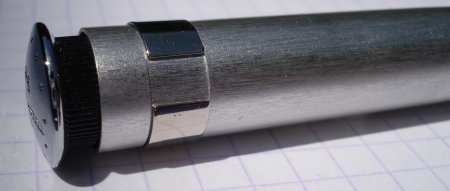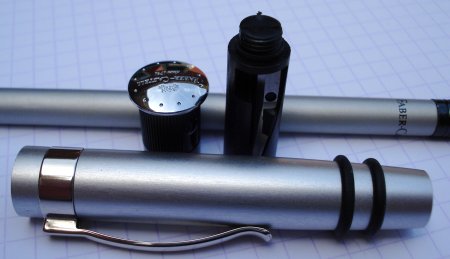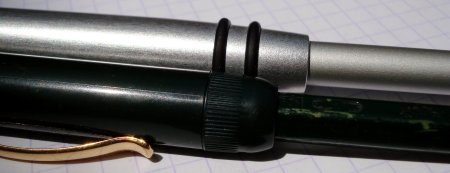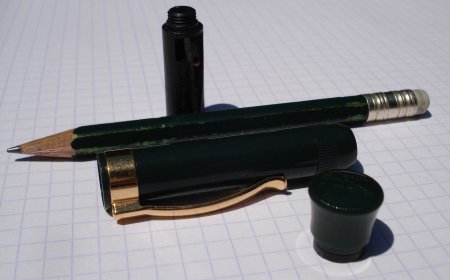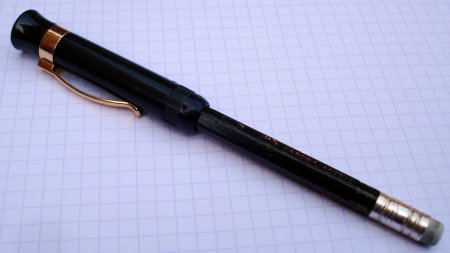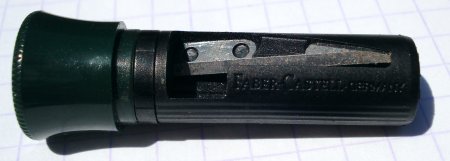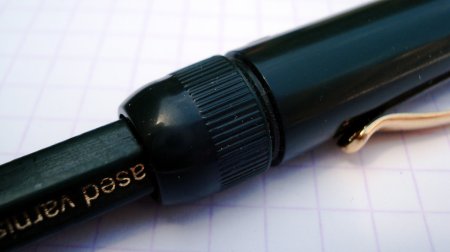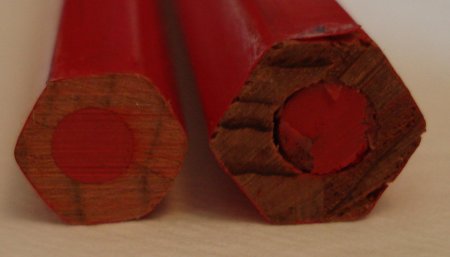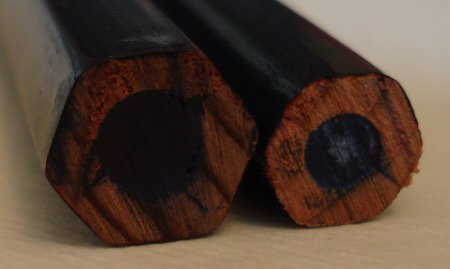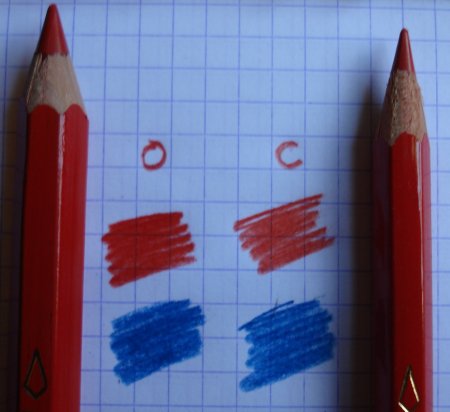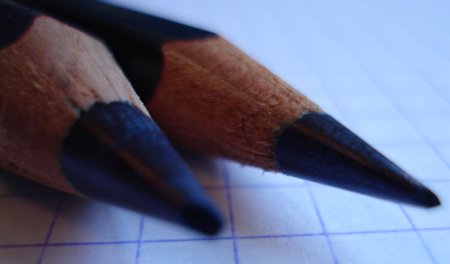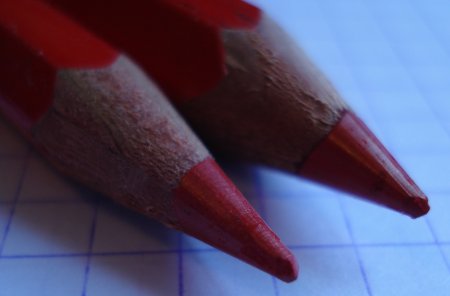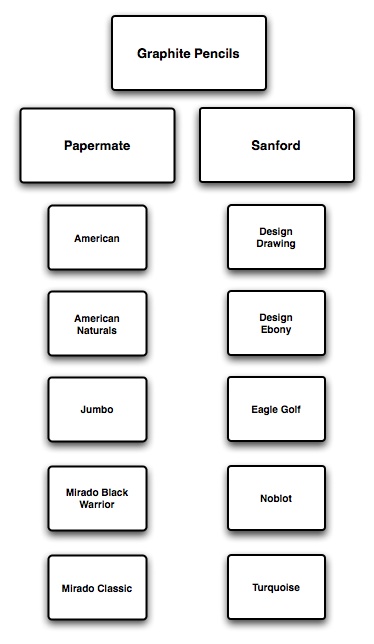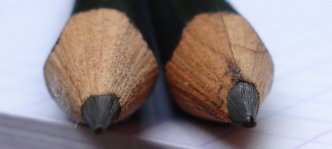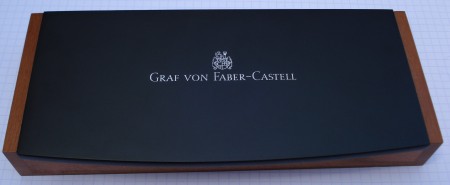
We’ve looked at the plastic and aluminum perfect pencils – today we’ll look at the silver-plate version.
My sense is that Faber-Castell is withdrawing their silver-plate products, probably for some of the reasons that we’ll see in this article.
First, let me acknowledge that I don’t have an anti-tarnish regime, and have not thought much about establishing one. I’ve also held off on this post for some time, fearing that it might not be fair to the product to present it this way. But pencil talk has never displayed manufacturer photos – nor do we just link to random websites and say “cool product” – we use and write about pencils from a personal viewpoint, and hope that readers are aware of this practice.
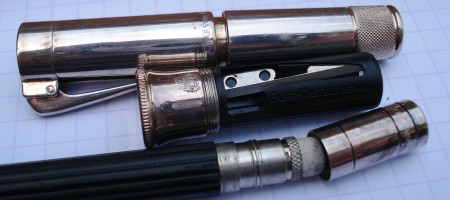
So that said, I love and regularly use this pencil, but don’t polish or maintain it. I feel that a pencil should be “low maintenance”.
The pencil extender may have been sold alone, but I bought a set – a wooden box with hinged lid.
The pencil arrives sharpened, in the ribbed Graf von Faber-Castell style. This model is black with black dyed wood. There is also a natural finish (wood undyed) version. The pencil crown has a cavity for a replaceable eraser. The eraser is covered by a screwed on cap, also silver-plate.
Kudos to Faber-Castell – the long standing complaint about worn-down erasers has been solved!
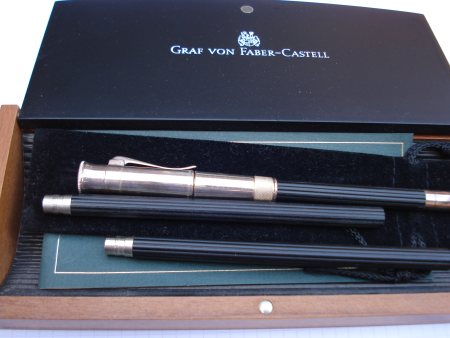
There are also two unsharpened replacement pencils in the box.
The extender operates by twisting and untwisting the midsection – no removable parts to lose. Note that is this is the third (and not the last) extender mechanism we’ve seen.
The extender cap pulls off to reveal a sharpener – the same one seen in our other pencils.
The clip has a very nice spring action, of the sort used in Faber-Castell’s finer writing implements.
The product is very functional, and a great celebration of the woodcase pencil. I think it looks great, even unmaintained.
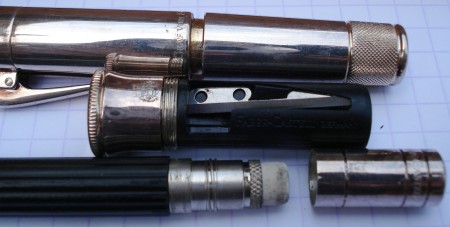
Still, I think I may want to buy a silver polishing cloth – carefully examining the pencil has made me want to get it ship shape.

